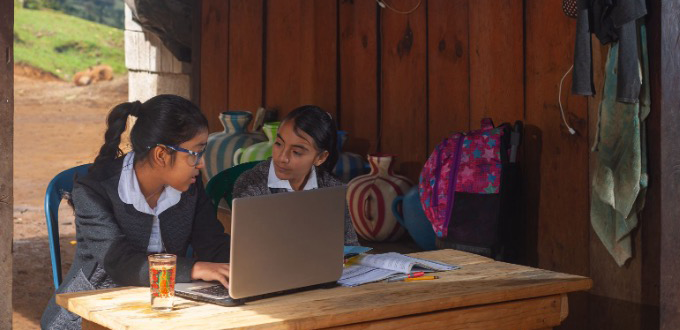Connectivity: Regulatory Challenges and Opportunities
20/06/2024

Written by César Díaz, Head of Telecommunications Affairs
Connectivity has become essential in the modern era, yet addressing the issue of connecting the unconnected means navigating into a complex and multidisciplinary terrain. Our focus is often solely on those living in remote or difficult-to-reach areas, in the assumption that the lack of connectivity only affects these populations. However, the reality is much broader and more challenging. Even in areas with coverage, barriers still exist that make affordable Internet access difficult.
From the supply perspective, analyzing available infrastructure and applicable technologies is an essential first step. Solutions such as satellite connectivity and long-range wireless networks provide viable alternatives that promise to overcome geographic limitations. However, the success of these initiatives depends largely on identifying potential providers and planning sustainable financial models to support the effective and enduring expansion of connectivity.
On the other hand, a comprehensive approach to demand requires a detailed analysis of demographic and socioeconomic factors. Population distribution, income and education levels, as well as local perceptions of the benefits of the Internet all play a key role in this equation. Involving the community and their leaders in this process is crucial to ensure that the proposed solutions are truly inclusive and meet the specific needs of each region.
For these efforts to be effective, States need to develop public policies that facilitate connectivity. It is also important to explore sustainable business models that overcome geographic and economic barriers with minimal regulatory burden. Creating regulatory frameworks that encourage competition, boost investment, and facilitate the connection of the unconnected must be a priority.
Countries in Latin America such as Brazil, Mexico, Argentina, Chile, and Colombia have made significant advances in this field, with the proliferation of smaller Wireless Internet Service Providers (WISPs). These providers use wireless technology to offer Internet access, breaking down geographic and economic barriers in the process. Yet they face significant challenges due to complex and outdated regulatory burdens that hinder their ability to effectively connect the unconnected.
At LACNIC, we believe that formulating effective public policies requires a holistic understanding of the stakeholders and their diverse characteristics. Coordinated cooperation among all stakeholders is essential to achieve sustainable development in terms of connectivity and accessibility in the region. Only through a collaborative approach will we be able to overcome the regulatory and technological challenges that persist on the road to comprehensive connectivity.